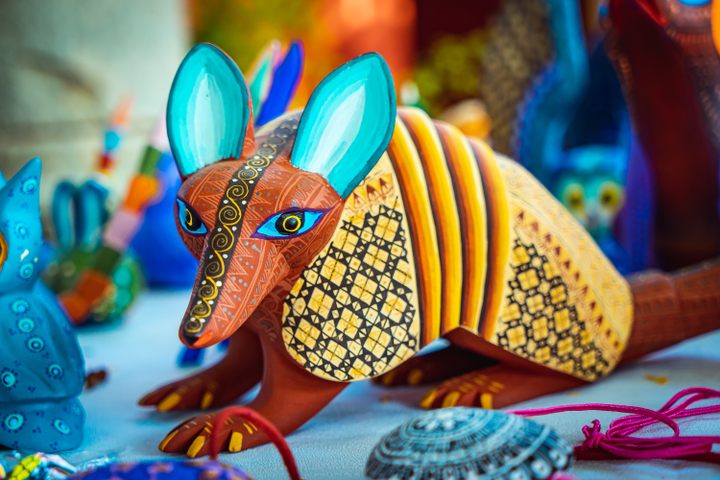
Six Wondrous Reasons to Explore Oaxaca Right Now
Advice from an expert on what to see, drink, and eat in one of Mexico’s most exciting states.
Oaxaca, a city and state in Mexico, is full of wonder. Famous for its food, its crafts, and Day of the Dead celebrations, Oaxaca’s central valley has long been a meeting and trading place for the diverse Indigenous communities in its many mountains.
For Karla Zenteno Avila, it’s one of the most exciting places to show off the many things that make Mexico special. Originally from Puebla, Karla often leads tours through Oaxaca, the state and city alike. After graduating culinary school in 2017, she had an important revelation: she didn’t, in fact, want to be a chef. “At the end of the day, I prefer eating to cooking,” she admits. “And tourism is a great way to do that.”
Even after years of running tours throughout Mexico, she says, there is a constant feeling of discovery in her work. “Even though you come back to the same places, it’s never the same experience,” she says. “Getting to see a place for the first time through other people’s eyes is a really enriching experience. It’s so fulfilling—I almost can’t describe it in words.” It also gives her an opportunity to share her wealth of knowledge on the country, its history, and its wide-ranging gastronomy. “Sometimes,” she explains with a laugh, “I’ll be with my friends and I’ll have all this random data to share, but they aren’t interested!”
One of Karla’s favorite places to take travelers—which is included in the Atlas Obscura Mexico Trip—is Oaxaca city, which contains a great diversity of culture, from food to crafts to Indigenous history. As part of Atlas Obscura’s sweepstakes with Cayman Jack Margarita, we’re offering insider guides on destinations that make the perfect summer adventure. Below are Karla’s favorite ways to experience the city and its sprawling, mountainous environs.

Peaks and Valleys
The city of Oaxaca sits in the middle of a valley, nearly a mile above sea level. When you’re in the city, three mountain chains surround you—the horizon is full of their peaks, which seem to go on endlessly. One of the benefits of this geographic location is that Oaxaca has relatively mild weather year-round, especially compared to other parts of the country. “According to doctors,” Karla says with a laugh, “it’s the perfect altitude for health!”
The surrounding mountains also offer opportunities for exploring a diversity of landscapes. “When people visit Oaxaca, they can visit different ecosystems,” Karla says. “They can explore the mountains, the forest, or go all the way to the Pacific Ocean,” which laps at the state’s western beaches. One of the greatest places to experience Oaxaca’s natural wonder is Hierve El Agua, a petrified waterfall surrounded by natural swimming pools and hiking trails.
The city’s valley location has also made it an important place for trade throughout Mexican history. “It has been a gathering center since Pre-Columbian times,” Karla says. “It’s one of the most important places in Mexico, because it’s one of the biggest gathering places for indigenous people” from the surrounding mountains. Markets in the city still play this role, and you can see the mix of indigenous cultures in the city’s food. The nearby city of Tlacolula, about 20 miles outside of Oaxaca city, is still a primary trading place for many indigenous people, and its bustling markets are full of food and produce as well as crafts and artwork.
Endless Craft Villages
Oaxaca is well known for its indigenous crafts, another result of the city’s role as a central trading post. Just outside of the city, in Oaxaca valley, are a number of craft villages, each with their own specialty. “We could spend a whole month visiting them and not scratch the surface, ” Karla says.
Some of her favorite places to bring visitors include San Martín Tilcajete, famous for its alebrijes, wooden animal figures painted in dazzling colorful patterns. These are a more modern craft, stemming from one Mexican artist’s dreams in the 1930s. (More recently, they have served as inspiration for the spirit-animal figures in the Disney film Coco.) There’s also Coyotepec, a handcraft town known for its pottery made with locally sourced black clay; and Jalietza, a town that specializes in loom weaving.
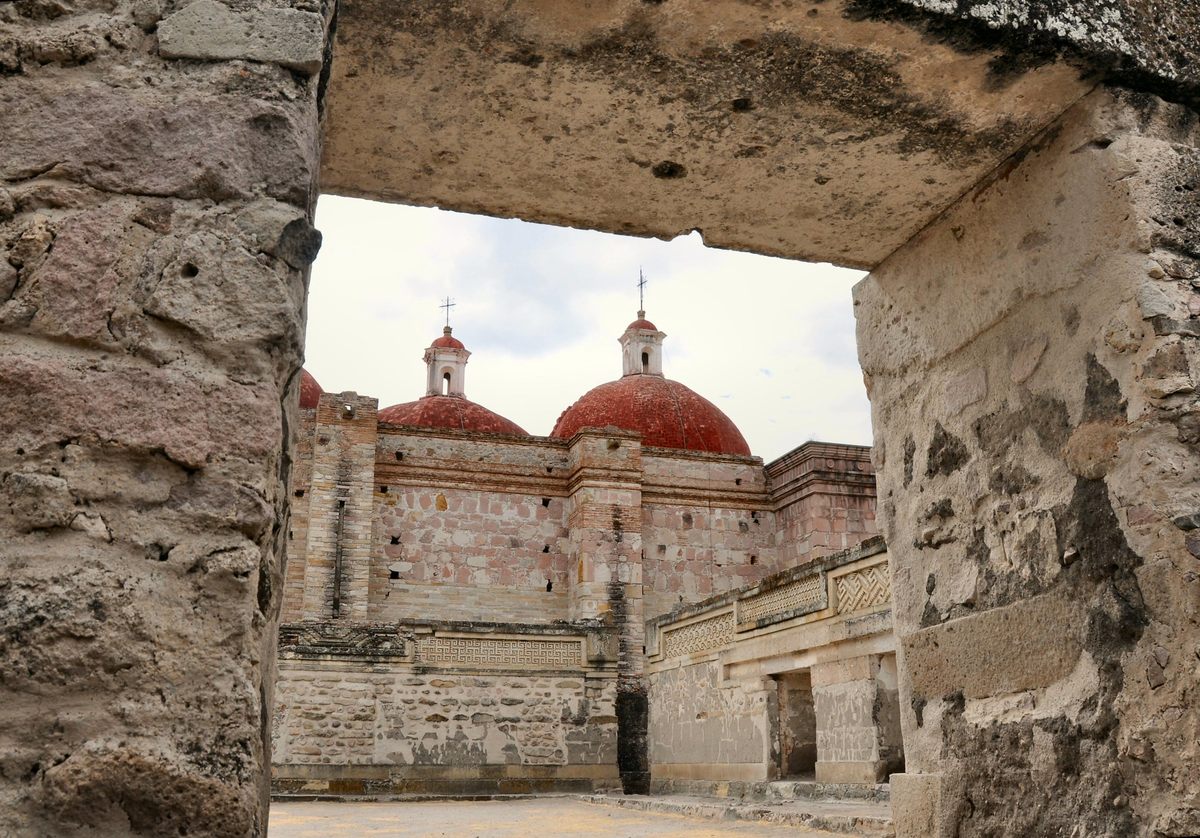
Archaeological Riches
While Chichen Itza and Tulum often get all the glory for their ancient ruins, the area surrounding Oaxaca city contains Karla’s favorite archaeological sites. “Oaxaca plays a very important role in Mexican history,” she explains. “The largest indigenous group in the area are the Zapotec people, who have been present since Oaxaca’s pre-hispanic history.” Both Monte Albán (half an hour outside of the city) and Mitla (an hour outside of the city) are home to ruins that shed light on this rich history.
Monte Albán sits atop a hill, “so that they could have a view of the valley and see any approaching danger,” Karla explains. Once a settlement of 35,000 inhabitants, today you can still see a temple, observatory, palace, several pyramids, over 100 tombs, and hundreds of petroglyphs carved into stone.
“Mitla is smaller, but one of my favorites in all of Mexico,” Karla says. Built amid mountains, this Zapotec holy site sits on land very vulnerable to earthquakes. Its structures, then, are low to the ground, “and they have a building built like legos, or Jenga,” she says, “without any glue between them,” to absorb tectonic movement without collapsing. Mitla is also a record of colonization: the Spanish built the church of San Pablo in 1530, directly atop Mitla’s ruins. It still stands today.
Memelas and More
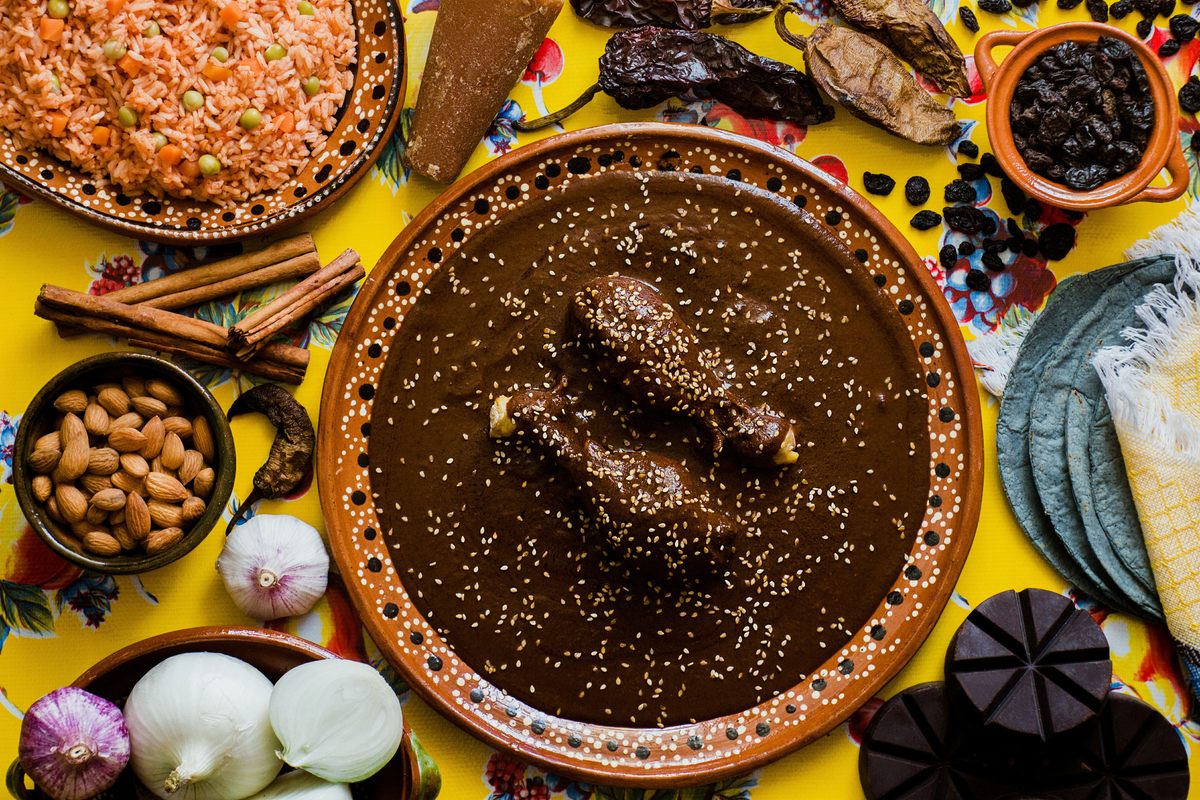
Thanks in part to its rich and diverse indigenous history, Oaxaca is one of the most exciting places to eat (and drink—more on that later) in Mexico. Regional specialties abound: perhaps the most iconic is the tlayuda, which relies on a massive, thin, crunchy tortilla as the base for refried beans, a smear of lard, stretchy Oaxacan cheese, and a panoply of other potential toppings. But for Karla, who has trained as a chef, the star of the Oaxacan culinary scene is the humble memela.
Memelas, a type of griddled cake made with masa, differ across Mexico. In some places they are stuffed, sometimes fried, sometimes toasted. In Puebla, where Karla grew up, they are thicker, richer, and stuffed, often with beans. Near the church in the center of Oaxaca, however, women toast them on large griddles, with minimal fat, and top them with pork, or beef, or vegetables, often with a garnish of prickly pear. “That’s what I like to eat when I’m off duty,” Karla says.
Mezcal at the Source
Mezcal is easily Oaxaca’s most famous export. The spirit, which gets its characteristic smoky flavor from the process of roasting agave hearts in underground pits, is produced by small farmers across the state. And just as visiting these mezcaleros on site is drinking their product throughout the city.
“The mezcal industry has been growing very fast in Oaxaca city,” Karla says. “So you don’t need to go outside the city to find really good mezcal.” One of her favorite spots is Mezcalería Cuish, which offers great quality mezcal at very reasonable prices. But she also loves going to the city center, where a new generation of tiny mezcal bars are popping up. :”They’ve begun this culture of bar crawling,” Karla says. “So you can go one place for a shot, another place for another shot. It keeps the local businesses running. And it’s more than just going to a ‘hot spot’—it’s about being there and going where the locals are going.” Most nights, these bars offer a soundtrack of live music.
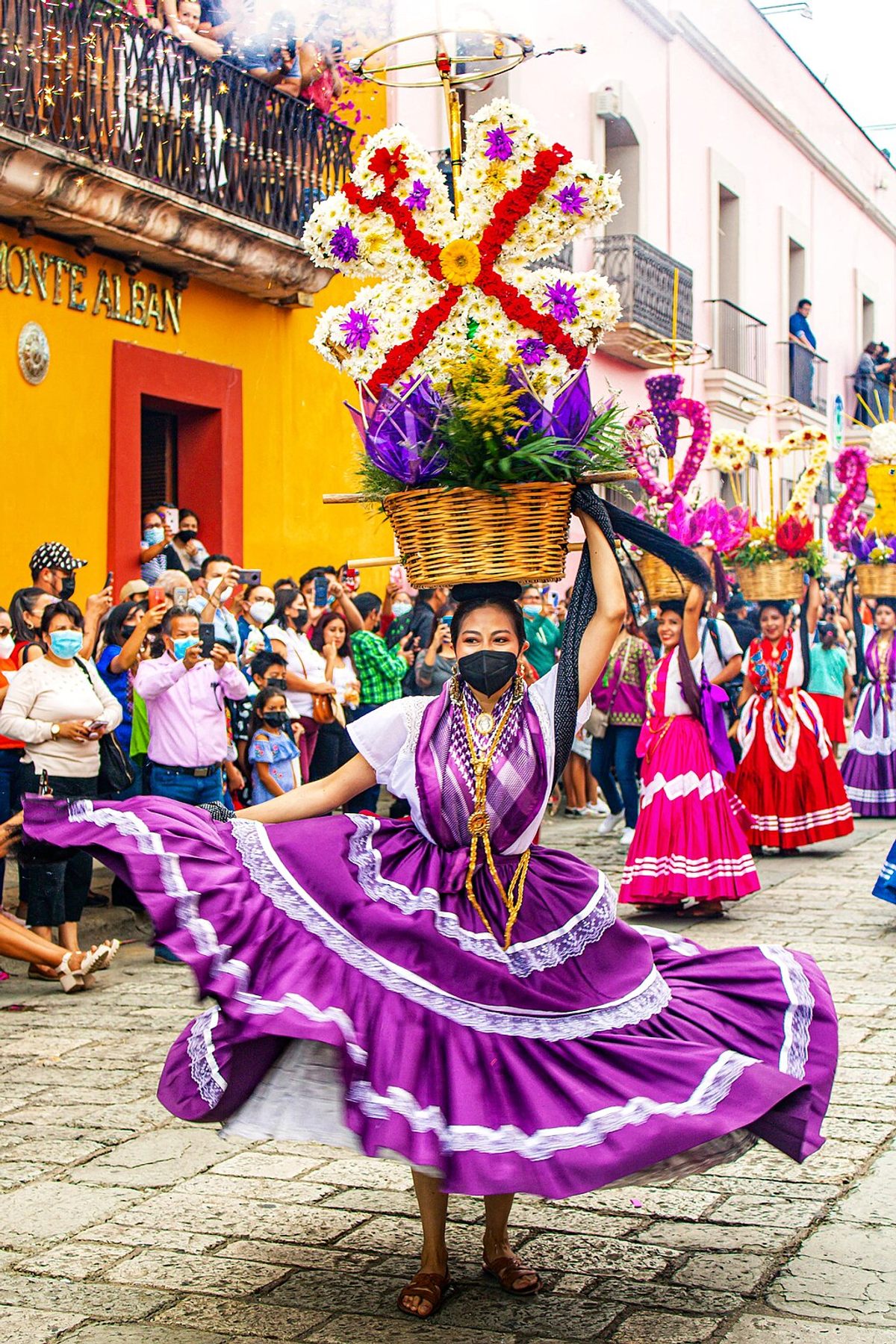
Calenda Culture
“Every weekend, and even sometimes during weekdays, you can see calenda parades in Oaxaca city,” Karla explains. These lively processions often happen after a wedding, a baptism, or a quinceañera, and include dancers in traditional indigenous dress, musicians, and tall papier-maché puppets. “So if you’re getting married, for example, there will be a puppet that looks like you.” These unique, communal celebrations full of laughter and dancing often wind their way through the city’s busiest streets, and are a sight to behold, as well as a classic Oaxacan experience.
Want to explore Oaxaca? We’re teaming up with Cayman Jack for an epic trip giveaway. Enter here for your chance to win a summer adventure.
This post is sponsored by Cayman Jack. Click here to explore more.


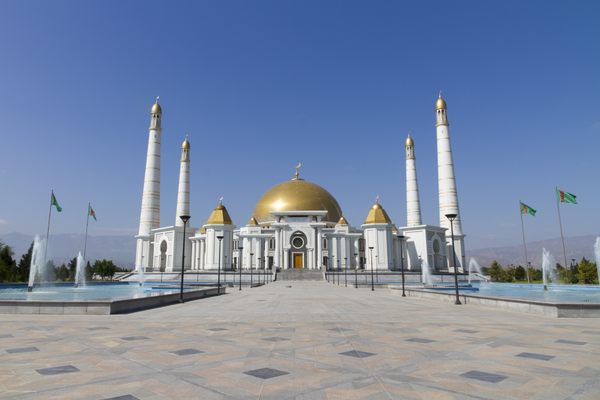
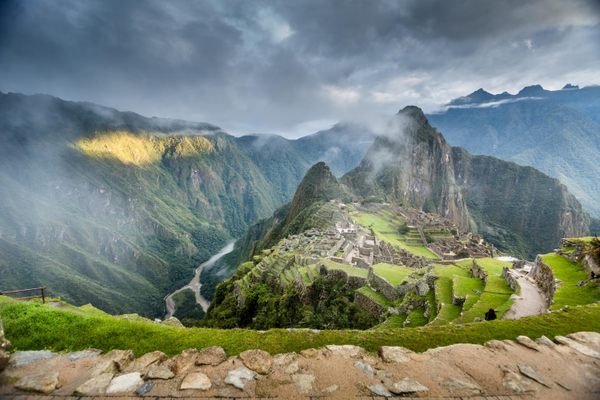




































Follow us on Twitter to get the latest on the world's hidden wonders.
Like us on Facebook to get the latest on the world's hidden wonders.
Follow us on Twitter Like us on Facebook